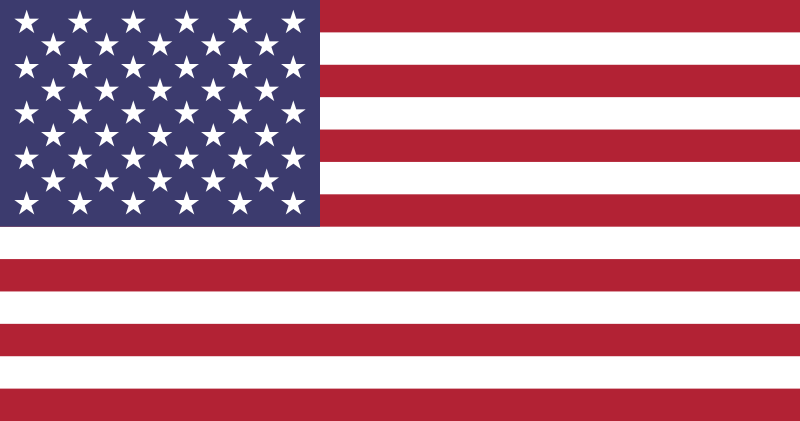CITES: What it is, how it works
The following was reported on in the 13 March 2010 edition of “The Ottawa Citizen”.
The Convention on International Trade in Endangered Species of Wild Fauna and Flora, or CITES, whose members meet in Qatar and started [on March 13], was signed in 1973 by 80 countries and enacted two years later.
The UN-administered body counts 175 signatories, including Canada, and offers varying degrees of protection for more than 33,500 species traded as live specimens, fur coats, culinary delicacies, raw timber, musical instruments or traditional Chinese medicines.
Member nations gather every three years to vote on proposals for tightening or loosening restrictions on trade of individual species.
Measures must receive a two-thirds majority to be adopted, and are then enforced by laws passed in member nations.
The species covered by CITES are listed on three levels according to the degree of protection they need:
APPENDIX I includes species threatened with extinction, and bans or severely restricts trade on about 530 animals — including tigers, great apes, snow leopards and sea turtles — and more than 300 plants, notably certain species of orchids and cacti. Bluefin tuna has been proposed in Doha for such top level protection.
APPENDIX II covers species “not necessarily threatened with extinction, but in which trade must be controlled (to) avoid utilization incompatible with their survival.”
APPENDIX III contains nearly 300 species that are protected by national laws within at least one country and that require “international cooperation” to monitor sales and trade.

